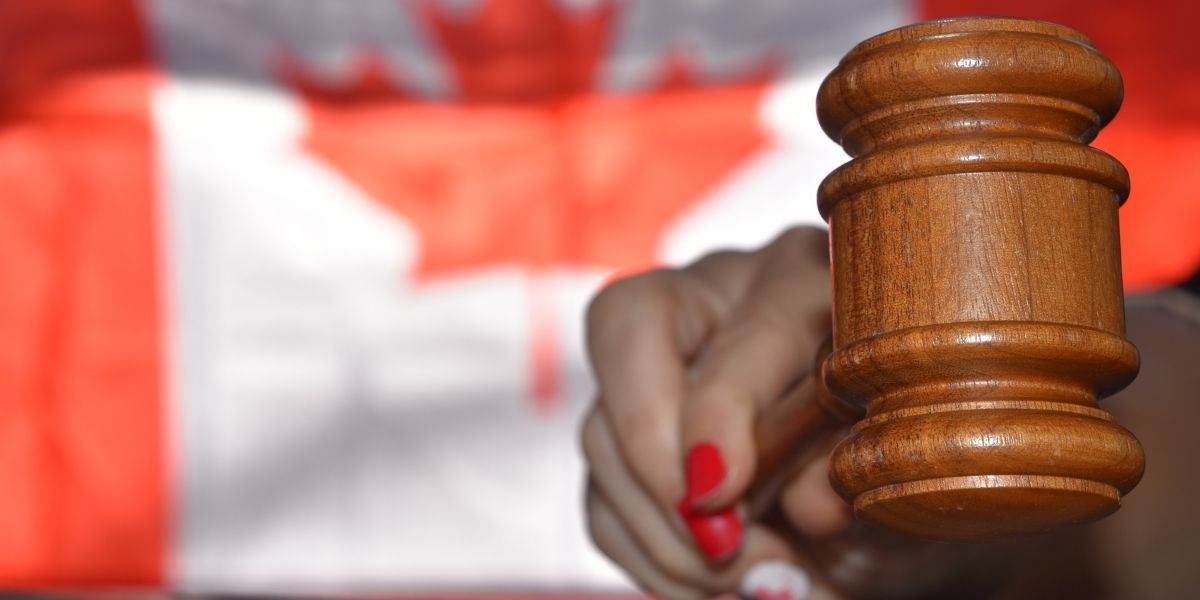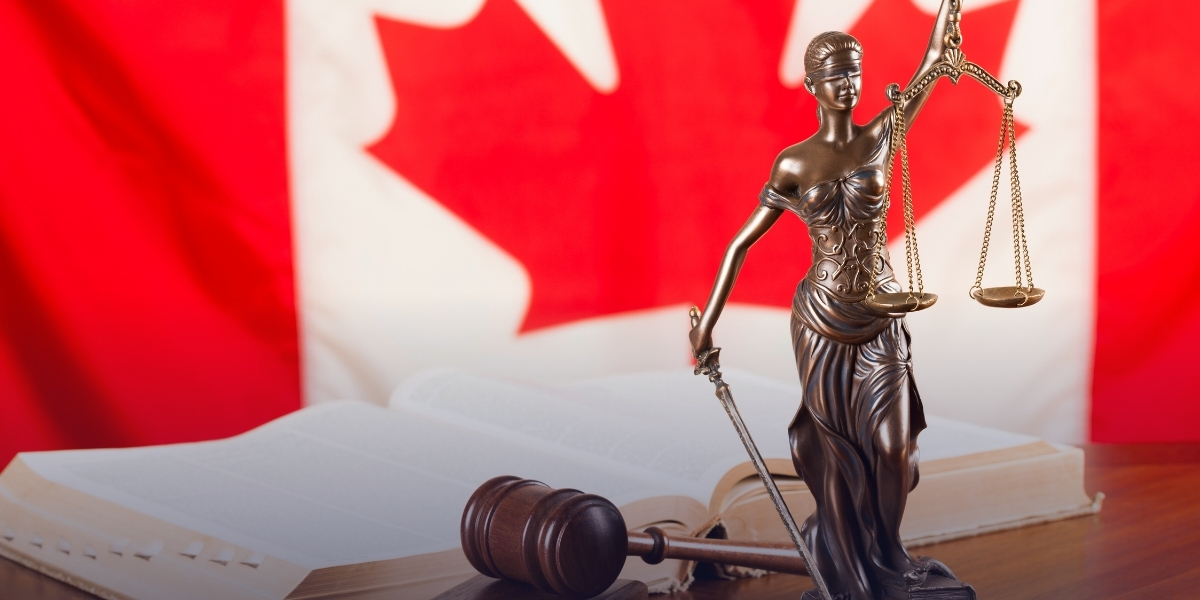The Canadian legal system is a unique blend of both English and French traditions, combining elements of civil law and common law. After the Battle of Quebec in 1759, the country fell under English common law, except for Quebec, which followed civil law.
A key moment in Canadian legal history came with the British North America Act of 1867, passed by the Parliament of the United Kingdom, which unified the British colonies of the United Province of Canada, Nova Scotia, and New Brunswick under a single constitutional framework.
Like many other countries, including India, Canada’s constitution recognizes three branches of government: the executive, the legislative, and the judiciary.
Overview of the Canadian Legal System
Canada’s legal system, which incorporates elements of French civil law and English common law, is rooted in the country’s colonial past. This legal framework was created during the colonization of Britain and France, and it has developed into a strong, distinctive system that preserves the values of justice, equality, and democracy for all people.
A fundamental component of the legal system, the Canadian Constitution assigns jurisdiction to the federal and provincial governments, guaranteeing that each level of government can enact laws in particular areas. Because of the federal structure’s guarantee of the balance of power, both national and regional governments are made possible.

Key Features of the Canadian Legal System
- Common and Civil Law Tradition
Canada’s legal system largely follows the common law system. There is an absence of written or codified law in this regard, rather it is based on various judicial pronouncements and keeps evolving. On the other hand, the province of Quebec solely follows the civil law system which relies on written codes and statutes.
- Federal System
Canada is a federal country, with the federal government and the provinces/territories having different authorities set down in the Constitution. Provinces have jurisdiction over matters like education, health care, and civil rights inside their boundaries, while the federal government is in charge of matters like commerce, criminal law, and national security.
- Bilingual and Bijural Legal System
Canada is a multilingual country with two official languages, English and French, and it follows both common and civil law. While the rest of the nation utilizes English and the common law system, Quebec employs French and applies civil law for private concerns.
- The Judicial System
The federal and provincial levels each have their judicial system. Appeal courts at both levels hear cases before the Supreme Court of Canada, which is the highest court in the land. Lower courts for criminal, family, and civil cases are also available in the provinces, while the federal court handles specialty cases such as federal-provincial issues and intellectual property.
- Charter of Rights and Freedom
A key component of Canadian law is the Charter of Rights and Freedoms. It guarantees the defense of personal liberties and rights, such as the freedom of speech, the right to equality, and the immunity from unjustified detention. All laws and activities of the government are subject to the Charter. Although the Charter protects basic rights, it acknowledges that, as explained in Section 1, there are situations in which restrictions on these rights may be appropriate in a free and democratic society. When assessing whether these restrictions are acceptable, courts are crucial.
The Judiciary in the Canadian Legal System
The judiciary in Canada is divided between the Center and the provinces, similar to the system in India. At the apex court, the Supreme Court of Canada exists, while in each province provincial and territorial courts. The role of the court is as follows:
- Supreme Court of Canada: Appeals from both federal and provincial courts are heard by the nation’s top court, the Supreme Court of Canada. It also has the power to make final decisions on important legal matters and to interpret the Constitution. All over the nation, its rulings are enforceable.
- Provincial and Territorial Courts: Criminal proceedings, civil litigation, and family law concerns are all handled by these courts. Lower courts handle less serious cases in provinces and territories, superior courts handle major ones, and appellate courts handle appeals.
- Federal Courts: Cases pertaining to federal law, such as those involving administrative judgments, intellectual property issues, and maritime law, are heard by the Federal Court and the Federal Court of Appeal.
- Administrative Tribunals: Human rights, labor, and immigration problems are among the many categories of disputes that are settled by Canada’s many administrative tribunals. These tribunals offer a more specialized and easily accessible venue for settling conflicts outside of the conventional judicial system.
The Hierarchy of the Judicial System of Canada
The Supreme Court of Canada
The Supreme Court‘s role as the nation’s top court is to hear final appeals on cases involving significant national legal issues. Its rulings are enforceable by all Canadian subordinate courts. Its jurisdiction lies in its ability to consider matters pertaining to various areas of public and private law as well as constitutional problems. On complicated legal matters, the federal government may also ask the court for its view. The court’s nine justices three of whom are from Quebec ensure that the common law and civil law traditions are each fairly represented.
Federal Court System
The Federal Court of Appeal is the court that reviews appeals from the Canadian Tax Court as well as the Federal Court. Decisions made by federal administrative agencies are also reviewed by it. It is an important appellate court for cases involving the federal government. The Federal Court handles cases about federal laws, including national security, immigration, maritime law, and intellectual property rights. Civil lawsuits involving disagreements between the federal government and people or provinces are also handled by it. Conflicts involving income tax, goods and services tax (GST), and other tax related issues are settled by the Tax Court of Canada between taxpayers and the government. It is a specialist court that only hears cases pertaining to taxes.
Provincial and Territorial Courts
Superior Courts for Provinces and Territories: At the provincial and territorial levels, these courts handle the most severe civil and criminal cases. Superior courts, which handle big cases like those involving large sums of money, divorce, or severe crimes, are located in each province and territory. The first cases involving significant civil disputes and criminal crimes are heard by the trial division. The first stage of significant judicial procedures is handled by these courts. Trial division rulings in both civil and criminal cases, as well as appeals from lower provincial courts, are heard by the appellate division courts.
In lesser situations, most Canadians are likely to deal with provincial and territorial courts. They deal with a variety of situations, such as minor criminal charges, traffic infractions, modest civil claims, and family law conflicts (including child custody). While other provinces adhere to common law, provincial courts in Quebec use the Civil Code for resolving private law cases.
Specialist Courts: Within the framework of the province system, several provinces have specialist courts, including:
- Family courts: Manage cases pertaining to adoption, child support, and custody.
- Youth Courts: Under the Youth Criminal Justice Act, these courts handle crimes involving juveniles.
- Small Claims Courts: These courts handle civil cases with less money at stake, typically under a set limit (such as $35,000.)
Military Courts
The Court Martial Appeal Court and Military Courts handle legal matters pertaining to the Canadian Armed Forces, including transgressions of military law. Reviewing rulings from courts martial, the Court Martial Appeal Court serves as the military law appeal court.
Administrative Tribunals
Federal Administrative Tribunals: These specialist organizations settle conflicts pertaining to human rights, employment insurance, refugee claims, and regulatory matters. Although they don’t function under the established legal system, they are crucial in settling disputes involving federal law.
Provincial Administrative courts: These courts settle issues within the purview of provinces, just as the federal system. They may deal with matters pertaining to health care, labor regulations, or other province regulated fields. If necessary, decisions made by administrative tribunals may be appealed to the federal or provincial courts.
Court Martial Appeal Court
Decisions rendered by courts martial and military tribunals are reviewed by this court. It guarantees that military personnel are held to the right legal standards and that justice is carried out appropriately inside the armed services.
Similarities with the Indian Legal Systems
Notable parallels exist between the legal systems of Canada and India. Both nations have federal systems of government, with the federal government and state (provincial) governments sharing authority. Additionally, both have constitutions that act as the ultimate source of national law. Both nations have a hierarchical judicial system, with the Supreme Court at the top and a number of lesser courts that include subordinate courts and high courts (which are comparable to Canada’s provincial and territory superior courts). Furthermore, judicial review principles are upheld by both legal systems, enabling courts to declare laws unconstitutional when they clash with constitutional requirements.
In addition, both Canada’s and India’s common law traditions rely heavily on past court rulings to shape legal interpretations, and both countries have separate administrative tribunals for resolving specialized issues. Another common element is the separation of powers between the federal government and the province/state governments, which enables local administration to address regional concerns while preserving national unity.
Conclusion
In conclusion, the Canadian legal system is a unique blend of both common law and civil law, reflecting the country’s colonial past under both British and French rule. Its federal structure, bilingual and bijural legal framework, and the inclusion of both provincial and federal courts ensure that justice is delivered at all levels. With the Charter of Rights and Freedoms at its core, the system upholds fundamental rights while balancing individual liberties with the needs of society.
If the intricacies of the Canadian legal system have sparked your interest in pursuing legal studies there, you might be wondering how to navigate the vast landscape of options and choose the right jurisdiction for your aspirations. This is where Project LLM comes in. We specialize in providing in depth insights into various legal systems, empowering you to make informed decisions about your legal education journey.



